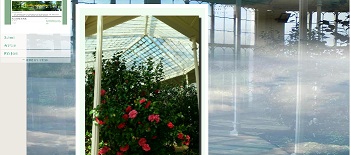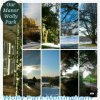Wollaton Colliery was at the junction of Torville Drive and Wollaton Road, it closed in 1964. The road apparently used to be called the Promenade.
The Cottages on the left hand side housed the ‘top men’ who were the surface workers, their front gardens and windows faced the canal and the back gardens backed onto hayfields. A row of horse chestnut trees flanking the wrought-iron fence which extended from the canal bridge to the gates of the colliery yard, provided an ‘esplanade’ atmosphere. On the Trowell side of the LNER railway bridge were more fields forming a vale with some fine oaks and elms on either side. Over to the right, a small lane led away from a stile and narrowed into a footpath which crossed the fields and took the walker by Grange Farm and across to St Martins Church and Strelly Road. … It was a roadside of April primroses and cuckoos calling … and there were herds of Dairy Shorthorn and Ayrshire cattle grazing the lush grasses of the fields on either side.
From chapter 8 of the book ‘Changing Times – Wollaton Remembered’ complied by Keith Taylor
(copies used to be in the Courtyard Shop)
‘TopHard Coal’ seams are apparently only 500′ below the surface in some places.
The Canal ran from Middleton Boulevard right round to where the Balloon Woods estate is now and on towards Cossall, the canal needed a steep stairway of locks ascending towards ‘the Elbow’ and then canal met the Erewash Canal.
As you might expect, The Village was totally separate from Nottingham and it’s suburbs and only a windy lane ran from the outskirts of Nottingham to the village; there have always been Coal workings around, even the Mines Archive records don’t have details of all the workings.
Various Lord Middleton’s have had lots of investments in both Coal, Iron and Wool and made their fortune this way. One programme on Time Team records Francis Willoughby having shares and a contract with Elizabeth Hardwick (Bess of Hardwick Hall) for smelting iron in shropshire!! The same Willoughby had a grant for building a ‘slough’ through Wollaton in some ridiculous year like 1530 – before Wollaton Hall was built, apparently it’s still there, and the first wheeled wagonway for moving coal was in place around the same time, and runs where the allotments are now.
Today we have a thriving modern suburb close to the City with mostly houses with gardens… what about a garden competition this coming year??

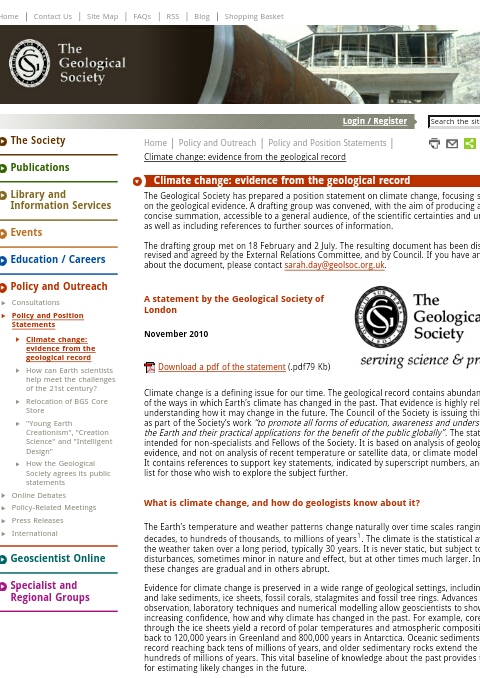


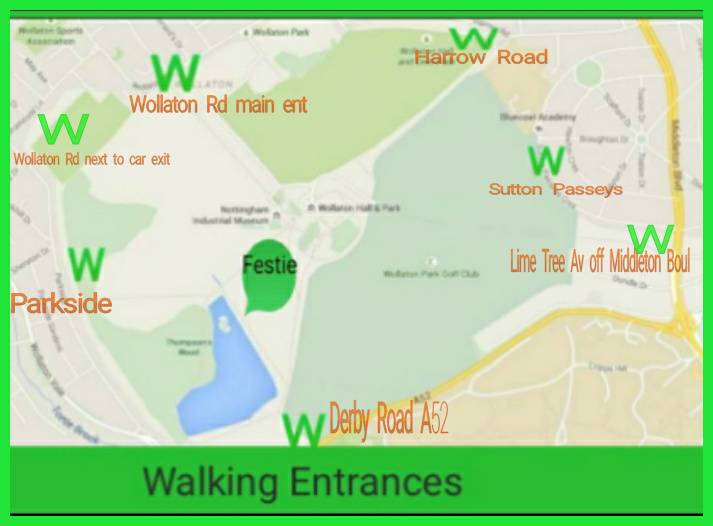

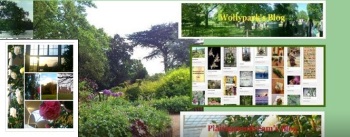






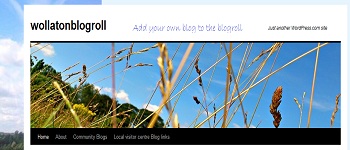
 Dilydaydream Farmer Facebook
Dilydaydream Farmer Facebook